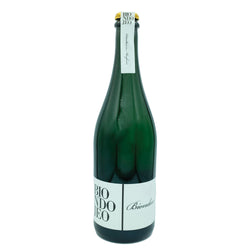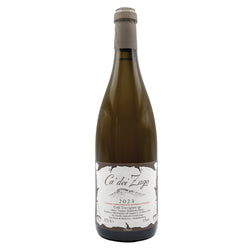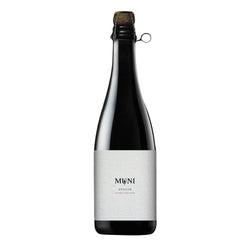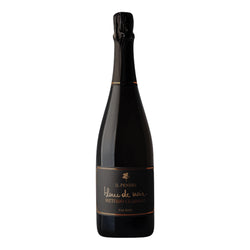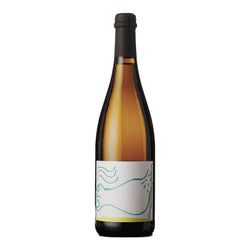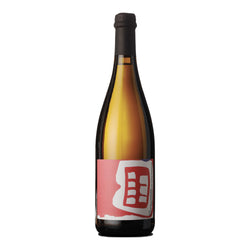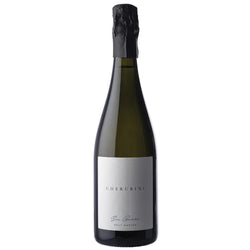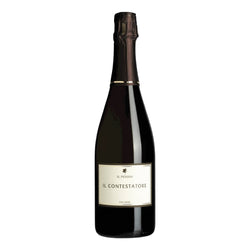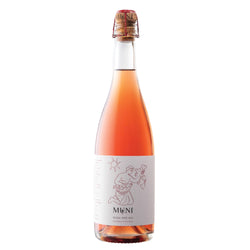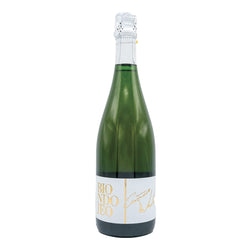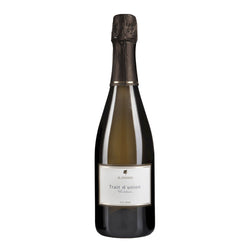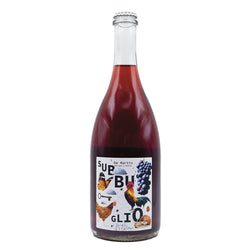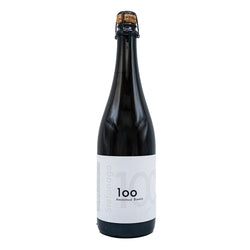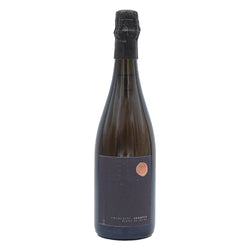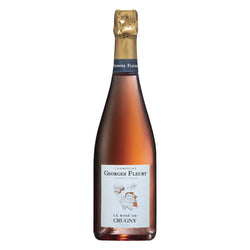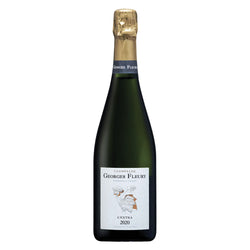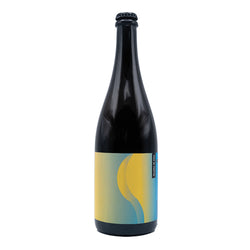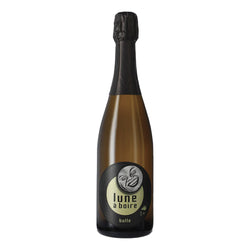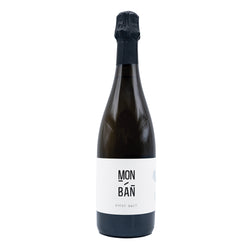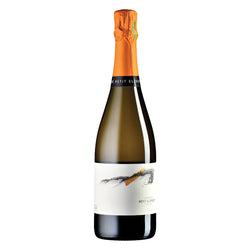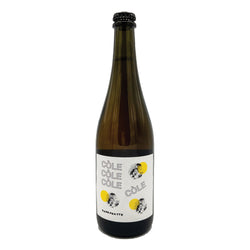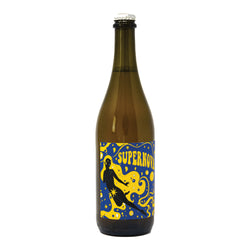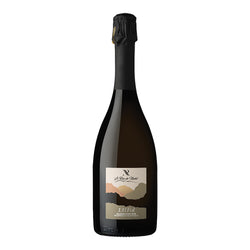Le bollicine sono il simbolo universale della convivialità, capaci di rendere speciale ogni momento. In questa collezione trovi una selezione che spazia dagli Champagne più prestigiosi ai Prosecco vivaci e immediati, fino ai grandi metodi classici italiani e internazionali. Non mancano gli spumanti ancestrali e i pét-nat, espressioni artigianali che raccontano la freschezza più autentica.
Ogni bottiglia è pensata per offrire esperienze diverse: dalla cremosità raffinata dello Champagne, alla fragranza fruttata del Prosecco, fino alla struttura elegante dei metodo classico e all’immediatezza gioiosa dei rifermentati in bottiglia.
La nostra collezione di bollicine celebra la varietà e la bellezza di questo mondo, con etichette perfette per brindare nelle occasioni speciali o per rendere unico un semplice momento quotidiano.
Le bollicine sono il simbolo universale della convivialità, capaci di rendere speciale ogni momento. In questa collezione trovi una selezione che spazia dagli Champagne più prestigiosi ai Prosecco vivaci e immediati, fino ai grandi metodi classici italiani e internazionali. Non mancano gli spumanti ancestrali e i pét-nat, espressioni artigianali che raccontano la freschezza più autentica.
Ogni bottiglia è pensata per offrire esperienze diverse: dalla cremosità raffinata dello Champagne, alla fragranza fruttata del Prosecco, fino alla struttura elegante dei metodo classico e all’immediatezza gioiosa dei rifermentati in bottiglia.
La nostra collezione di bollicine celebra la varietà e la bellezza di questo mondo, con etichette perfette per brindare nelle occasioni speciali o per rendere unico un semplice momento quotidiano.


